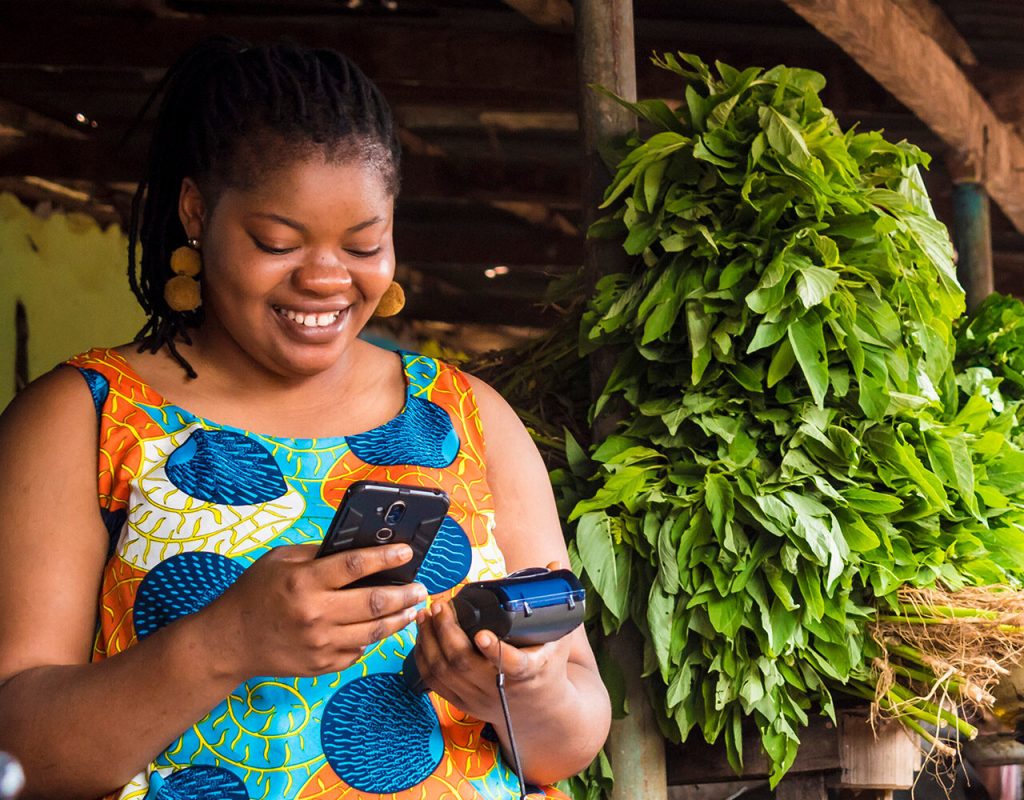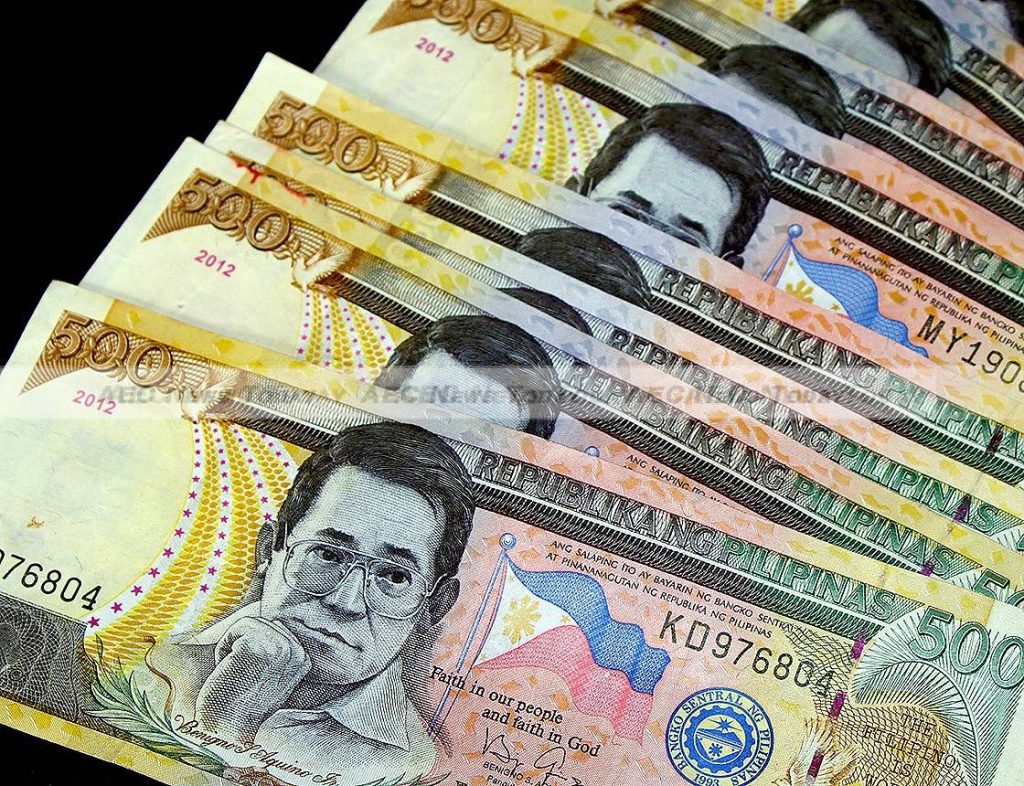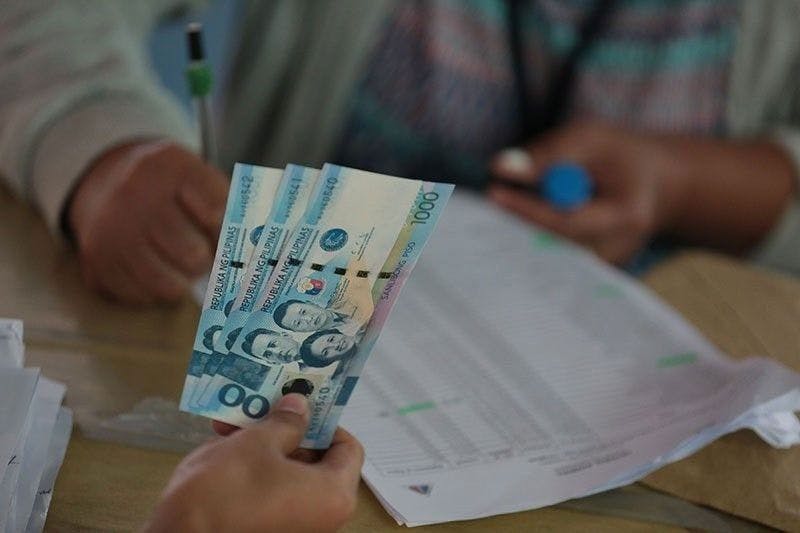In recent years, the financial landscape in the Philippines has witnessed significant changes, particularly in the realm of peer-to-peer lending. Peer-to-peer lending, also known as P2P lending, is a revolutionary financial concept that connects individual borrowers with lenders through online platforms, eliminating the need for traditional financial intermediaries like banks. This article delves into the current state of P2P lending in the Philippines and explores its potential impact on the future of finance in the country.
Understanding Peer-to-Peer Lending

What is Peer-to-Peer Lending?
Peer-to-peer lending is a form of alternative lending where individuals or businesses can borrow money directly from individual investors through online platforms. These platforms act as intermediaries, facilitating the entire lending process, making it more convenient and accessible for both borrowers and lenders.
The Mechanics of P2P Lending
In P2P lending, borrowers create loan listings detailing the amount they need and the purpose of the loan. Lenders, on the other hand, review these listings and choose to fund the ones that align with their risk tolerance and investment objectives. Once fully funded, the borrower receives the loan amount, and they repay it over time with interest.
Advantages of P2P Lending
P2P lending offers several advantages over traditional lending methods. It provides borrowers with faster access to funds, a simplified application process, and often more competitive interest rates compared to traditional banks. On the other hand, lenders can earn attractive returns on their investments, potentially outperforming traditional savings or investment options.
The Current State of P2P Lending in the Philippines
Growth and Popularity
Over the past few years, P2P lending has gained tremendous popularity in the Philippines. The ease of access, quicker approval processes, and competitive interest rates have attracted both borrowers and lenders to these platforms. As a result, the P2P lending market has experienced significant growth, with an increasing number of platforms entering the market.
Regulation and Oversight
The Philippine government and financial regulators have been closely monitoring the growth of P2P lending platforms. The Securities and Exchange Commission (SEC) has taken steps to regulate and license these platforms to protect the interests of both borrowers and lenders. This regulatory oversight has helped build trust in the P2P lending sector, encouraging more people to participate in this alternative form of lending and borrowing.
Addressing Financial Inclusion
One of the notable impacts of P2P lending in the Philippines is its contribution to financial inclusion. Many Filipinos, especially those without access to traditional banking services, can now secure loans through P2P platforms. This fosters economic growth, empowers small businesses, and helps individuals achieve their financial goals.
The Future of P2P Lending in the Philippine Financial Landscape

Continued Growth and Innovation
As technology continues to advance, the P2P lending sector is likely to witness further growth and innovation. With the advent of blockchain and smart contract technology, the lending process can become even more secure, efficient, and transparent, attracting more investors and borrowers alike.
Collaborations with Traditional Financial Institutions
In the future, we can expect to see collaborations between P2P lending platforms and traditional financial institutions. This synergy can lead to increased capital flow, enhanced risk management, and the creation of hybrid financial products that cater to a broader range of consumers.
Enhanced Credit Scoring Models
P2P lending platforms will likely adopt more sophisticated credit scoring models to assess borrowers’ creditworthiness accurately. By leveraging big data and artificial intelligence, these platforms can reduce default rates and offer even more competitive interest rates to borrowers.
Expansion to Rural Areas
P2P lending has the potential to reach underserved rural areas in the Philippines, providing financial opportunities to those who have limited access to mainstream banking services. This expansion can stimulate economic growth and empower local communities.


Leave a Reply